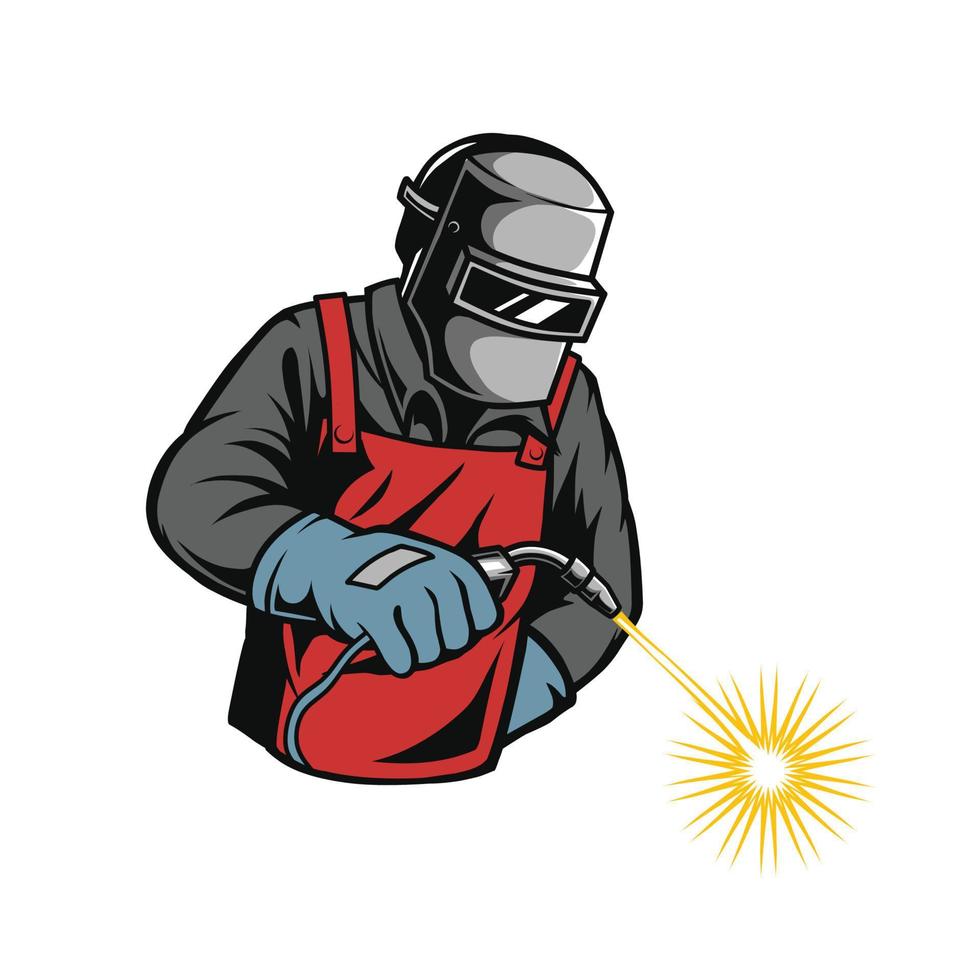Getting Welding Excellence: Revealing the Keys of WPS Implementation and Optimization
In the realm of welding, accomplishing quality is a search that rests on the thorough application and optimization of Welding Procedure Specs (WPS) These foundational documents work as the foundation of welding operations, determining the criteria and treatments required for producing high-quality welds continually. Nonetheless, the keys to opening the complete capacity of WPS exist not only in recognizing its value yet likewise in grasping the intricacies of its application and optimization. By diving into the crucial elements, approaches, obstacles, and best methods connected with WPS, a world of welding quality waits for those who are willing to discover its depths.
Value of WPS in Welding
The Significance of Welding Procedure Specifications (WPS) in the welding industry can not be overstated, acting as the foundation for making certain consistency, quality, and safety in welding operations. A WPS supplies thorough directions on exactly how welding is to be accomplished, including essential variables such as materials, welding procedures, joint layout, filler metals, interpass and preheat temperatures, welding currents, voltages, traveling rates, and much more. By adhering to a distinct WPS, welders can maintain uniformity in their work, causing consistent weld top quality throughout various jobs.

Key Elements of WPS
Talking about the integral elements of a welding procedure spec (WPS) is important for comprehending its duty in welding procedures. One essential element of a WPS is the welding procedure specification, which describes the specific welding processes to be utilized, such as gas tungsten arc welding (GTAW) or secured steel arc welding (SMAW) By integrating these vital elements right into the WPS, welding treatments can be standard, ensuring top quality, efficiency, and safety in welding procedures.
Strategies for WPS Optimization

Secondly, training and certification of welding workers according to the specific demands of the WPS is critical. Supplying thorough training programs and ensuring that welders are accredited to carry out treatments described in the WPS can result in greater top quality welds and reduced rework.
Furthermore, leveraging innovation such as welding software program and monitoring systems can assist in optimizing WPS. These tools can assist in tracking variables, making sure specifications are within defined restrictions, and providing real-time comments to welders, enabling them to make immediate adjustments for enhanced weld high quality.
Common Challenges and Solutions
Dealing with obstacles in implementing the strategies for WPS optimization can impede welding procedures' effectiveness and high quality. One typical challenge is inadequate training or understanding of the welding procedure specifications (WPS) amongst the welding group.
An additional difficulty is the lack of appropriate documentation and record-keeping, which is important for WPS optimization. Without clear records of welding parameters, products made use of, and evaluation results, it comes to be tough to determine locations for renovation and make sure consistency in welding processes. Implementing a durable documentation system, such as electronic welding administration software, can aid improve record-keeping and assist in data evaluation for constant improvement.
Additionally, inconsistent welding tools calibration and upkeep can posture a considerable challenge to WPS optimization. Routine equipment checks, calibration, and upkeep routines should be stuck to strictly to make sure that welding parameters are accurately regulated and maintained within the defined tolerances (welding WPS). By resolving these usual challenges with positive remedies, welding operations can improve effectiveness, quality, and total welding excellence
Finest Practices for WPS Execution
To ensure effective WPS implementation in welding procedures, adherence to industry requirements and meticulous focus to information are paramount. When starting WPS execution, it is crucial to start by thoroughly comprehending the particular welding needs of the task. This entails an extensive evaluation of the welding procedure specs, products to be bonded, and the environmental problems in which the welding will certainly occur.
Once the demands are clear, the next step is to select the appropriate welding treatment that like this straightens with these specifications. This involves speaking with the appropriate codes and criteria, such as those given by the American Welding Society (AWS) or the International Company for Standardization (ISO), to guarantee compliance and quality.
In addition, documenting the whole WPS execution process is essential for traceability and quality control. Comprehensive records need to be maintained relating to welding criteria, product prep work, preheat and interpass temperatures, welding consumables used, and any inconsistencies from the initial procedure. Regular audits and reviews of the WPS can aid recognize locations for enhancement and guarantee ongoing optimization of the welding process.


Verdict
In conclusion, the execution and optimization of Welding Procedure Specs (WPS) is crucial for accomplishing welding quality. By understanding the essential components of WPS, implementing effective approaches for optimization, resolving common difficulties, and adhering to best practices, welders can make certain top quality welds and risk-free working problems. It is essential for experts in the redirected here welding industry to prioritize the appropriate application of WPS to boost total welding efficiency and attain wanted outcomes.
The Significance of Welding Procedure Requirements (WPS) in the welding sector can not be overemphasized, offering as the foundation for making certain uniformity, top quality, and safety in welding procedures. A WPS supplies thorough guidelines on how welding is to be carried out, consisting of essential variables such as materials, welding procedures, joint layout, filler steels, interpass and preheat temperature levels, welding currents, voltages, travel speeds, and much more. One important element of a WPS is the welding process specification, which describes the specific welding processes to be made use of, such as gas tungsten arc welding (GTAW) or secured metal arc welding (SMAW) By incorporating these crucial elements into the WPS, welding treatments can be standardized, making certain top quality, effectiveness, and security in welding procedures.
It is essential for professionals in the moved here welding sector to focus on the correct execution of WPS to improve overall welding efficiency and attain wanted end results.